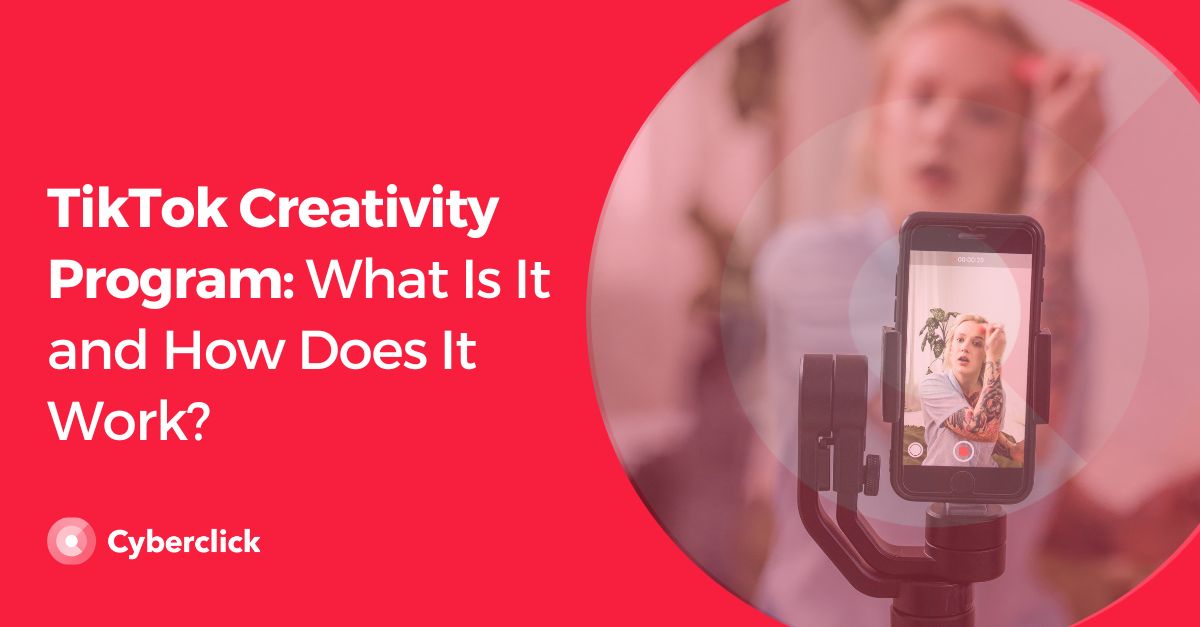Everyone who is anyone in the Tech world nowadays has been taking the concept of Augmented Reality very seriously in recent times. The term has become somewhat of a buzz word, and seems to be popping up everywhere. But, for those of us who aren't tech experts, it can be hard to pin it down. So, what exactly is Augmented Reality? And how is it going to affect us as marketers in the digital world?
Augmented reality (AR) uses digital technology to overlay information in video, text or image format onto everyday objects in the real world. The user will normally use a smartphone, tablet or headset to view the world using AR.
AR provides marketers with the ability to transform a static object, such as a printed advertisement or magazine cover into an immersive 3D experience. AR differs from virtual reality. While virtual reality operates by fully immersing the user in a computer generated world, AR adds to the world the user would normally see and enhances it using digital overlays.

How AR works
When a user scans an AR trigger using their device, the AR app will search for patterns of images or video to be display over the view from the devices camera. As the person moves the device, the AR overlay will also move, allowing the user to view the projected information from different angles.
There are two versions of AR technology currently in use:
Marker based AR - Marker based AR uses a 2D marker, such as a QR code, barcode or watermark. When the user points a device at one of these markers, it triggers the AR experience.
Markerless AR - Markerless AR can use any part of the real world as the trigger to launch an AR experience. The markerless trigger could be an image or a location. AR apps installed on phones can use GPS information to trigger AR when the device is in a certain geographical location and positioned at a certain attitude.
The Uses of AR
AR use can be grouped into three categories:
- Information Overlay. Augmented Reality can provide a fantastic way for customers to explore a space and uncover additional information via the viewing of an object. This might be a textual information that appears by the object, or could be related 3D models and video animations. The British Museum has used its partnership with Samsung to create a AR app which can be used by visitors to view additional information about objects on display as part of its exhibition experience.
- Virtual Objects. AR allows you to communicate with customers while also allowing them to explore your products. Perhaps the best example of this is the IKEA AR campaign, which allowed users to view items from the furniture catalogue displayed as if they were in their own home. The app adjusted the size of the products so they matched the dimensions of the room, offering a true-to-life sized view.
- Digital Packaging. Packaging has always been a key way of communicating with customers. AR allows you to pass information onto your customers about the product while also having a little fun. Starbucks recently used AR as part of a Valentines Day marketing campaign. When customers downloaded the Starbucks AR app and pointed their smartphone at their cup of coffee, it was brought to life with a digital animation.
The Benefits of AR
- Increased Brand Awareness. AR campaigns help to increase awareness of your brand by cultivating a “wow” factor, getting your customers and the media talking about your brand. AR is particularly effective as raising awareness because the technology is relatively new and the experience of interacting with a brand via AR is still a novel experience for most customers.
- Increased Customer Engagement. According to a study carried out by Blippar, a leading augmented reality app, marketing campaigns which utilise AR have an average dwell time of 75 seconds. To put this in perspective, traditional radio and TV ads have a dwell time of just 2.5 seconds.
- Improved Customer Experience. Integrating AR into your marketing campaigns can improve the customer experience, as your customers have more information at their disposal, and can make choices and complete transactions at greater speed.
- Bringing Digital to the Real World. Perhaps the biggest benefit AR provides, is the ability to link your digital marketing campaign to the customers physical experience in new and inventive ways. AR bridges traditional and digital marketing channels, allowing you to turn a static physical advert or brochure into a digital experience, which can be easily linked to your digital marketing campaign.
The Future of AR
While AR technology is still in its infancy, it is beginning to catch on and the almost limitless possibilities it presents mean that it has huge potential. In 2012 there were 188 million downloads of AR apps. By 2017, it is expected that there will be 3.5 billion downloads.
As companies such as Google and Facebook continue to develop AR viewing technology and app developers continue to refine software, it is likely that AR will soon become an established and vital tool of any digital marketing campaign. By keeping up-to-date with developments in the AR industry and planning how you can incorporate augmented reality into your future marketing campaigns, you can keep from falling behind in the digital marketplace.
Written by: Chantal India
Graduada en Administración de Empresas en Lisboa y un posgrado en Gestión de Productos, Chantal se ha especializado en la Publicidad en Redes Sociales. En Cyberclick lleva la gestión de cuentas y conceptualización de estrategias digitales.
Graduated with a Degree in Business Management in Lisbon and a Postgraduate degree in Product Management. Specialist in Account Management and Digital Marketing strategies, with special focus on Social Ads channel.





Leave your comment and join the conversation